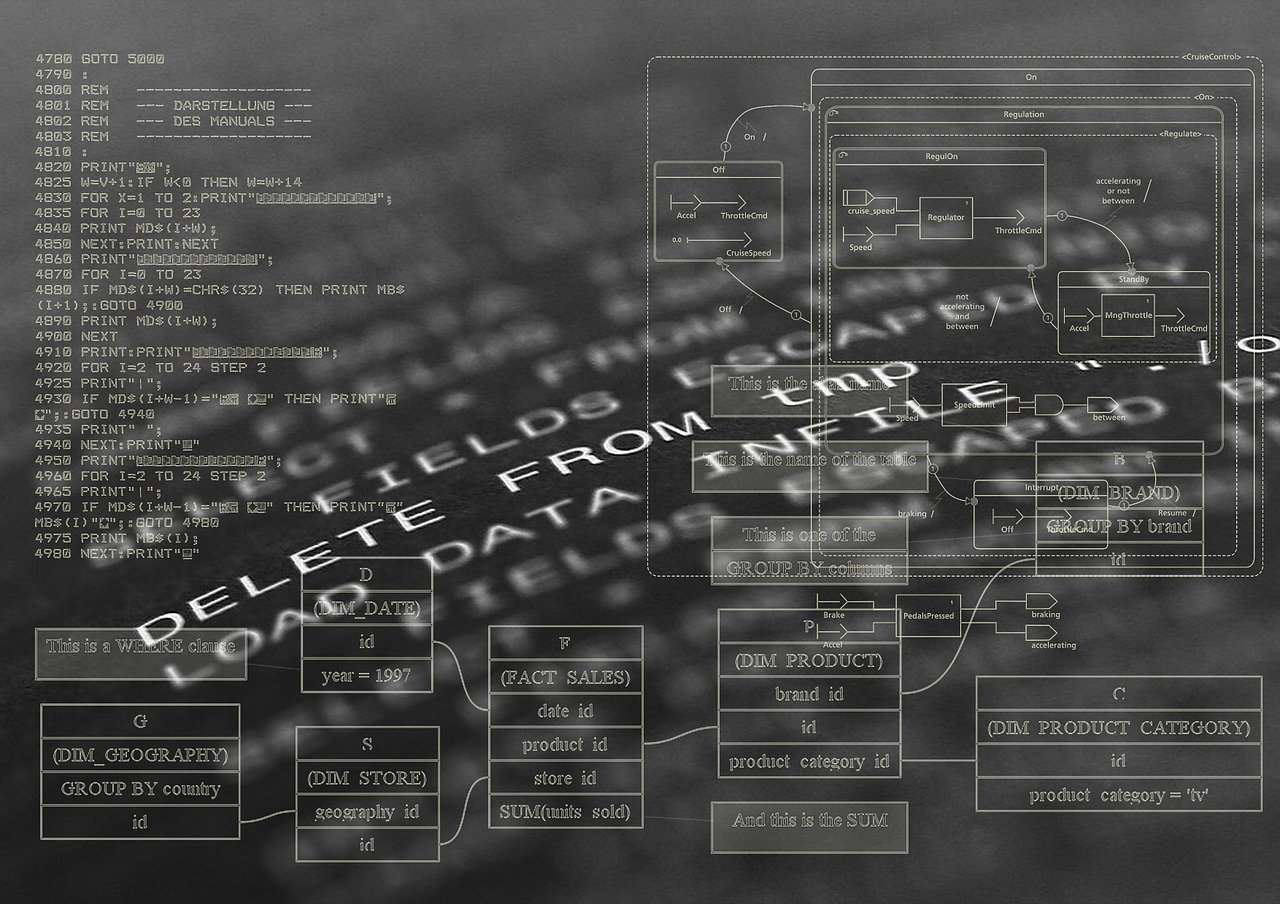This is the first of two articles that discuss what are the green rating programs for buildings.
When I say green what is the first thing that comes to your mind? Do you think buildings? If so why not?
In case you haven't heard, there's been a push around creating Green, sustainable, net-zero buildings. The "Green Building" craze that has come about over the past ten years and only now are the green rating programs for buildings starting to catch on. Therefore I can't really fault you if you're not completely up to speed.
I remember a couple of years back in 2009 when my company had a massive push to get every sales person in the company LEED AP certified because LEED was going to be the next big thing. It's amazing how a recession can quickly put the brakes on a movement. However, things are heating up again, and that brings us to this article.
First off if you think I am a bit bitter about Green Buildings you are absolutely right. I wouldn't go as far as to say that the green building movement is useless but it is pretty close. The reason being, most of these "Rating Programs" exist to dupe you out of your cash and to utilize Green design and initiatives that actually end up costing you more money. That being said outside of Energy Star, which I think is the only real useful Green Building Program, I simply don't recommend any Green Rating systems.
I want to clarify something, it's not that I believe sustainability and efficiency aren't important. Rather, I think that our current methods of pursuing these outcomes are ineffective. I've been asked by a couple of folks on recent sales calls how they could qualify for green programs and how to execute a green program. Being that I've been on dozen of LEED projects from start to finish I'm kind of expert on these things...
So, with that being said this will be a two-part article that will seek to answer those questions. At the very least I can save you a pre-consulting fee before you cut a check to the green rating program of your choice, by the way if you feel like sending me the typical $2,000 dollar pre-consulting fee, shoot me an e-mail.
What is a Green Rating Program?
Well... A Green Rating Program is based on the premise that you qualify for a rating level by earning a certain amount of credits or being within the range of a specific metric (like BTU/Sq Ft).
For example, by utilizing renewable flooring like Bamboo, you can earn a renewable credit from the LEED for New Construction program. Now they don't mention the fact that you need to run the Air Conditioning 24/7 because Bamboo is very temperamental and will react badly to humidity, but hey, you used a renewable resource and that compensates for having to run your AC 24/7 !'
That being said, Green Rating programs exist to provide an indication of how sustainable or efficient a building is, but....
How do they Work?
Essentially, you earn enough credits or meet a criteria and you get a plaque, the theory is that the plaque will generate response by the public and will demand greater price per sq foot, or will make your shareholders happy as you accomplish your corporate sustainability goal. You get your credits/metrics validated by a consultant, and then you submit for your award. There are variety of nuances for each of these programs but essentially that is how they work.
Therefore your general process is as follows:
- Way before construction, I mean way before!, select your system based on what you're looking to achieve. For example, are you doing a major retrofit or new build? In this case Energy Star gives you basic entry-level Green Rating, or you leapfrog the ladder to LEED (Leadership for Energy Efficient Design) which is a whole 'nother level of Green Rating Program.
- Next you look at the metrics for the program you have chosen. If for example you have chosen the LEED AP for New Construction you would meet with your architect and start to work through the credit list. This credit list would be evaluated by category. For example the greenfield site component of the Sustainable Sites section you would be something you'd have to address at the beginning of the construction process.
- Finally, as you begin to work through the construction event your consultant will keep the different trades aligned with your metrics and/or checklist.
- At the end of the construction process you will finalize your project documentation and submit it for review.
Conclusion
We covered a lot here, and in the next article I will go through what the programs are that exist for the building owner and construction tier.
What are your thoughts on the Green Building Movement?
Has it been useful?
What would you change?





